Oral Hygiene & Braces Animation
By: HWC
Date Uploaded: 05/25/2020
Tags: homeworkclinic.com Homework Clinic HWC Oral Hygiene & Braces plaque bacteria retainer floss corn chips crisp gum Brushing with Braces teeth Flossing with Braces Interdental Brushes water jet antiseptic Peroxyl orthodontic treatment flouride rinse tooth enamel
Caring for Your Retainer Retainers, just like your teeth collect plaque, bacteria and food particles. You should clean your retainer everyday! Keep your retainer soaking when it is not in your mouth. Use a mouthwash rinse to freshen it up and keep it free of bacteria. Keep your retainer away from heat; the plastic can crack if it gets too dry or too hot. Try not to bend the wires; flipping your retainer in your mouth can do this. Foods to Avoid Patients should avoid foods that are sticky, hard or chewy. They should also avoid any food and drinks that are known to cause cavities. Patients should brush, floss and rinse their mouth regularly between meals. The foods below are known to cause breakage of orthodontic appliances and are examples of what NOT to eat: gum beef jerky nuts hard or sticky candy corn chips crisp taco shells whole apples celery caramel taffy popcorn soft drinks candy bars Brushing with Braces Now that you have braces, your teeth are more difficult to clean, so you have to be very careful to keep those new braces clean. You should brush your teeth properly after every meal and snack. Always keep your toothbrush handy, you should even be brushing at school or work after lunch. You will also need to replace your toothbrush more often, since the braces will make it wear out quicker. Step 1 Brush the outside of your teeth using small circular motions, making sure to include the outside of your the back teeth too. Step 2 Start with your gums and the area between your gums and braces at an angle, down for the lower teeth. Move back and forth in a circular pattern. Step 3 Clean under the braces and the rest of your teeth by angling the brush up to reach your upper teeth and down to reach your lower teeth. Step 4 Brush the chewing surface of your teeth. Move the brush back and forth, careful to reach those back teeth! Step 5 Finish your brushing session by getting those hard to reach inside parts. After you are finished, rinse your mouth out with water. Follow with an antiseptic dental rinse. Flossing with Braces Flossing with braces is a bit on the tricky side, so it takes a few minutes to perfect. But don't give up, flossing is very important to the health of your teeth. Step 1 Thread your floss under the wire that connects your braces together. Step 2 Once you have threaded the floss under the wire, wrap the floss around the tooth on one side. The Floss is then pushed up towards the gum line and then pulled down toward the wire. Repeat this step 5 times to remove all plaque. Step 3 Wrap the floss around the neighboring tooth and repeat the process on this tooth. Once both teeth are done, pull the floss out and repeat the process for the next two teeth. Interdental Brushes The interdental brush is especially good in cleaning the tooth surface next to the braces. Water Jets The water jet is an effective tool to remove plaque and debris lodged deep between teeth and around braces. The water jet shoots a pulsing stream of water that dislodges remaining food particles. Adding an antiseptic dental rinse to the water is recommended. Use the water jet after your regular brushing and flossing routine. Rinsing An antiseptic dental rinse (Peroxyl) should be used after every meal (at least 4 times a day) to control minor gum inflammation and irritations that might arise from orthodontic treatment. A flouride rinse that helps prevent tooth decay by killing harmful bacteria and replenishing minerals in tooth enamel that have been exposed to harmful acids. Rinsing does not replace brushing. You should rinse after brushing and flossing.
Add To
You must login to add videos to your playlists.
Advertisement




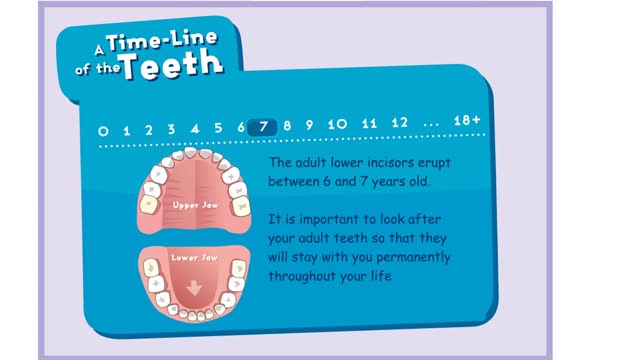
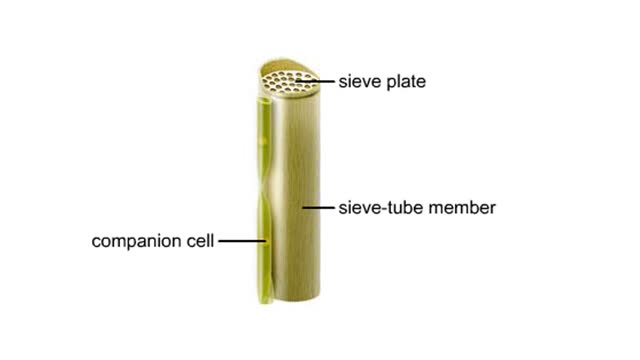
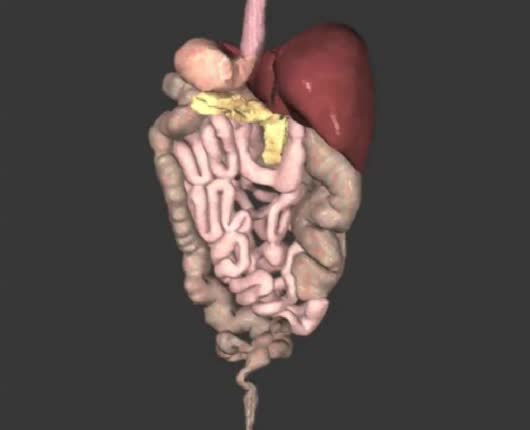

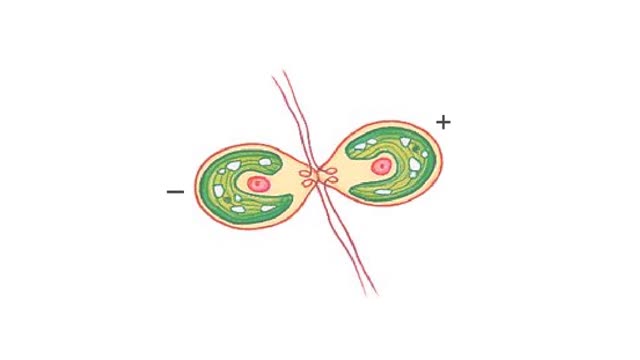
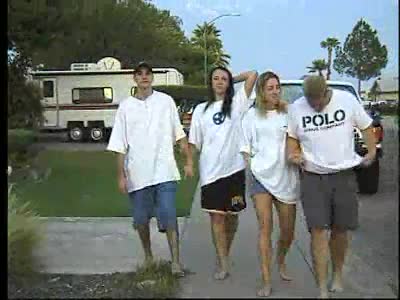

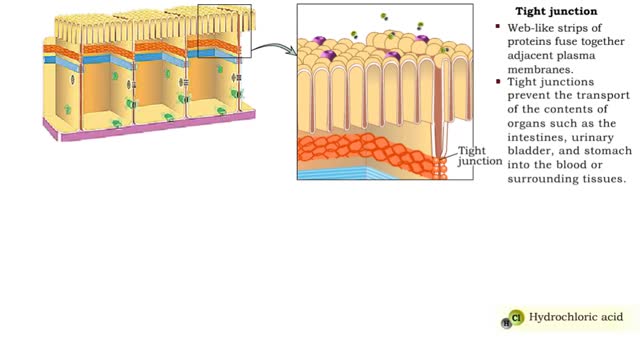
Comments
0 Comments total
Sign In to post comments.
No comments have been posted for this video yet.